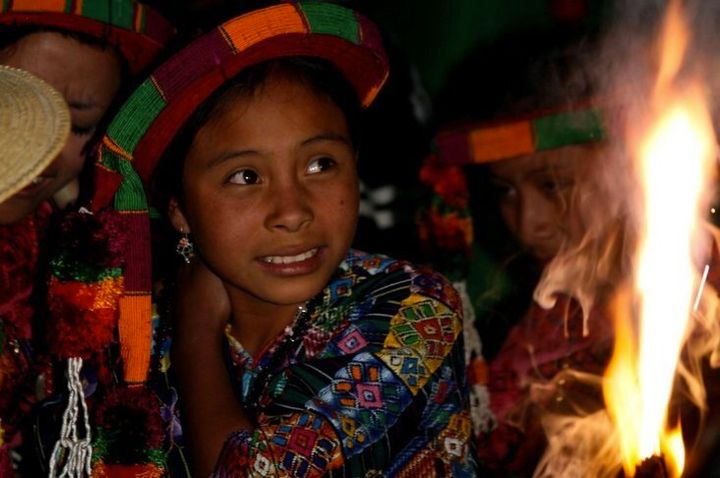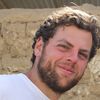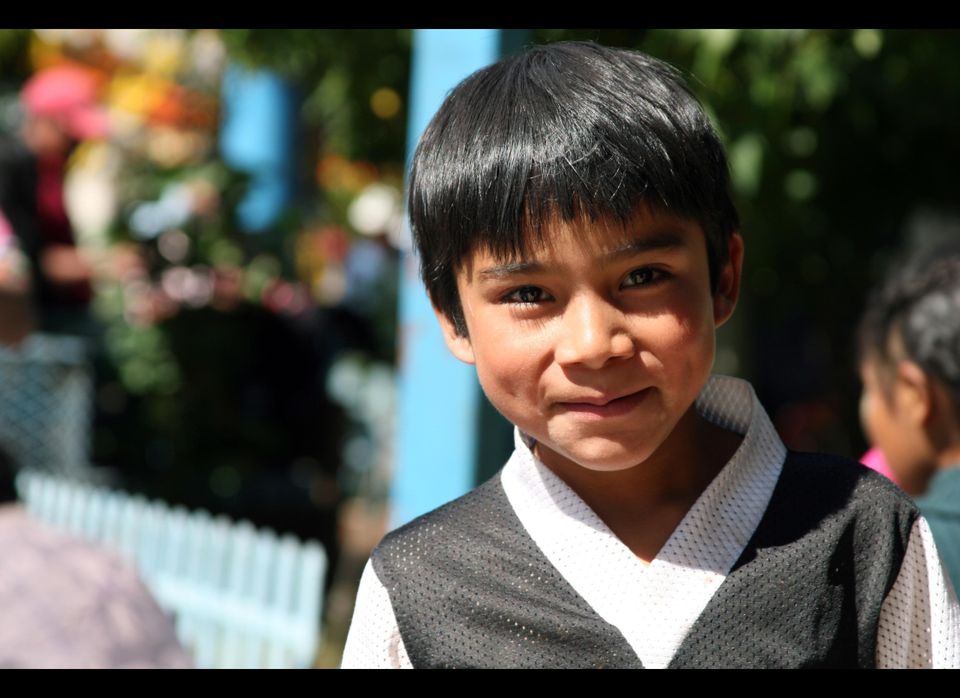
I am currently in Nahualá in the western highlands of Mayan Guatemala filming a documentary on the region, Unrecorded Spirits: Life in Mayan Guatemala. Nahualá is a 100-percent indigenous Mayan K'iché municipality, with a population of approximately 70,000 spread over 100 townships; the central "head town," where the region congregates, has a population of approximately 3,000. This municipality most likely boasts the largest concentration of absolutely indigenous Maya, carrying on cultural traditions dating back hundreds of years. It is a true center of the Mayan world. Today, the close of the Oxlajuj Baktun calendar, is one of the most important days in this town's existence.
The details of the Mayan time count can be found easily on Google or Wikipedia; the meaning of it, however, seems to have been lost or distorted by those who have never met a Mayan. Through my years of coming here, I have been fortunate to have built relationships with people in this place. My interest in this day equals my interest in all the days of their lives before and after it. The place here and now is filled with a degree of excitement and pride that has possibly never existed in the hearts of these people, who bear the scars of hundreds of years of oppression and violence.
It is in direct relationship to this history that the people are reacting -- with hope. The overwhelming view here is that this day represents a hope for a better world, not limited to the Maya but a better world for everyone. It is not simple whimsy but relates to their experience of living with nature, in a relationship that does not result in the destruction of their environment. This thinking runs counter to the ways of outsiders going back to their incursion into the region, most recently epitomized by the mining companies that will most certainly cause death and disease when they arrive. This is just the latest chapter in the continued destruction of this vastly fertile land due to economic interest, aided and abetted by a pathetic, corrupt and impotent government. The people have been starved of so much, especially education, but they know their land, and while it is being raped in front of them, they understand that change is needed.
On this day there is a global focus upon this place, though here it is the opposite: The people are looking out to the rest of the world. The recent massacre in Newtown, Conn., is a part of the discourse here; people here see pain and destruction occurring everywhere, and they feel a particular kinship with the people of Newtown, as many have spent time living and working in that region of the United States. There is a deep belief here that humanity has deviated from a healthy, healing way of life, lived in community with others, and that we need to return to that. This people's history, dismissed and misunderstood for hundreds of years, is, like all human culture, long, rich and offering valuable information and experience. As this period of its existence ends, we are here with hope that for the sake of a better world, we can all learn and continue.
PHOTOS:
Watch a preview of Unrecorded Spirits: Life in the Mayan Guatemala:
To learn more about the film, visit indiegogo.com/unrecordedspirits.
To see more of Fotis' photography, visit photography.fotiskanteres.com.

